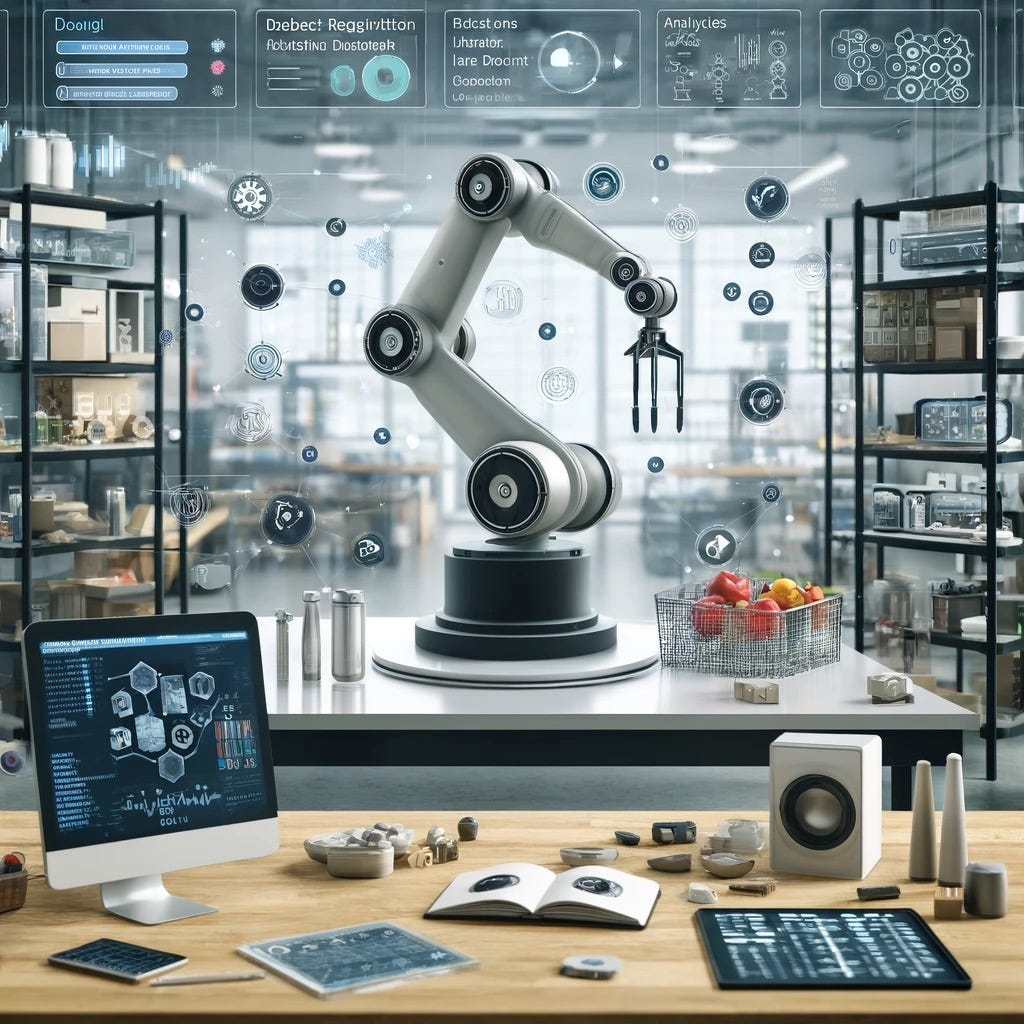Audio Overview
A topic I've been discussing in private the past year that I wanted to put in my newsletter (that's what it's for) is what I call LXMs.
While we have been leveraging the power of large language models (LLMs) to recognize and simulate human language, there's an exciting shift on the horizon. What's next? I think it's LXMs: Large X Models. An LXM is just replacing the "L" for language with the variable "X" - representing sequences of information that can be lots of different things. We're already seeing this emerge for sounds and images.
An LXM is: a LLM-stype model for other types of sequential data
If you get creative, you can imagine more opportunities:
Genomic Data
IoT Data
Motion Data (for robotics and more)
Consumer Data
I’m generally pretty excited by opportunities at the intersection of the physical and digital. Or, as I used to say at FedEx, “Bits and Atoms” opportunities. And, I think that might be where the most exciting LXM opportunities may lie. This includes robotics and IoT of course. But, I suspect there’s much more.
For example, you could imagine robots getting very good very quickly using the LLM/transformer model trained with spatial/motion/ vector data.
It's fair to say we're about to witness an explosion in the use and application of LXMs. In fact, if I was in charge of strategy for some of the LLM foundation companies that aren't finding themselves in the top 5 LLMs, I would consider an LXM pivot. Meaning, don’t compete aginast OpenAI, build one of the first genaration of robot brain operating systems.
And, enterprises should consider the types of data and insights their core value is based on to see if LXM opportunities lie there. I curretly see enterprises rushing to build obvious support chatbots (which is great), but I would expect a few innovation labs teams to be working on LXMs and beyond.
Example:
BrainLM uses the LLM/transformer architecture that can read and predict brain activity to spot brain challenges. It can predict future brain states.



